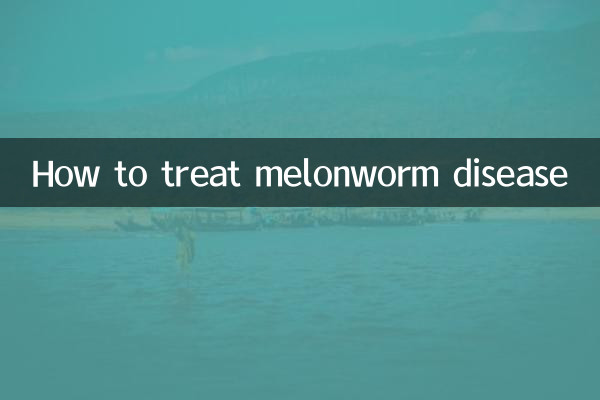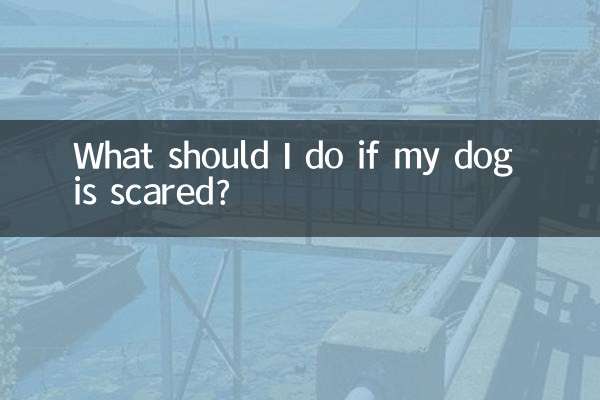How to treat melonworm disease
Ichthyophthirius multifiliis is a common parasitic disease in aquaculture, mainly caused by Ichthyophthirius multifiliis of the class Ciliates. Infection of fish can cause white spots on the body surface, breathing difficulties and even death. Recently, there has been a lot of discussion on the prevention and treatment of melonworm disease on the Internet. The following are hot topics and structured treatment guidelines in the past 10 days.
1. Identification of symptoms of melonworm disease

Fish infected with melonworms usually show the following symptoms:
| symptom | describe |
|---|---|
| white spots on body surface | White particles visible to the naked eye, about 0.5-1mm in diameter |
| Frictional behavior | Fish frequently rub against pool walls or objects |
| difficulty breathing | Gill infection causing floating head and rapid breathing |
| Loss of appetite | Significant decrease in food intake |
2. Summary of popular prevention and control methods across the network
According to recent breeding forums and expert recommendations, the mainstream treatment methods are as follows:
| method | operate | Things to note |
|---|---|---|
| Heating method | The water temperature rises to 30°C for 3 days | Only suitable for tropical fish, need to be warmed up slowly |
| salt bath method | Soak in 3% salt water for 10 minutes/day | Sick fish need to be isolated to avoid stress |
| drug treatment | Malachite green (0.1mg/L) or methylene blue | Pay attention to drug residues and avoid eating fish |
| Chinese herbal medicine | Sophora flavescens and rhubarb decoction splashed | Need to be used continuously for 5-7 days |
3. Key time points for prevention and treatment
The life cycle of small melon bugs is closely related to the timing of treatment:
| stage | duration | treatment effectiveness |
|---|---|---|
| trophozoite stage | 3-6 days | Drugs are most effective |
| cyst stage | 8-12 hours | Medication is ineffective |
| larval stage | 24-48 hours | Prevention of critical period |
4. Preventive measures that have been hotly discussed recently
Based on discussions within the aquaculture community, the following preventive measures were frequently mentioned:
1.water quality management: Maintain pH value 7.5-8.5, ammonia nitrogen content less than 0.02mg/L
2.New fish quarantine: New fish entering the pond need to be soaked in 5% salt water for 15 minutes
3.UV disinfection: The circulating water system is equipped with UV germicidal lamp (30mW/cm²)
4.Probiotic regulation: Regularly add Bacillus to improve the water environment
5. Things to note
1. Avoid using illegal drugs such as mercury nitrate
2. Stopping food during treatment can reduce water pollution
3. Spring (15-25℃) is the period of high incidence and needs to be strengthened.
4. Insect-eating fish such as yellow catfish can be put into polyculture ponds to assist in control.
A recent case from a breeding farm shows that using the "warming + salt bath" combination program, the cure rate reached 92% within 3 days. Experts suggest that treatment should be combined with the life cycle of the insect (repeated treatment every 48 hours), and combined with water disinfection (such as chlorine dioxide 0.5ppm) to kill free larvae.

check the details

check the details